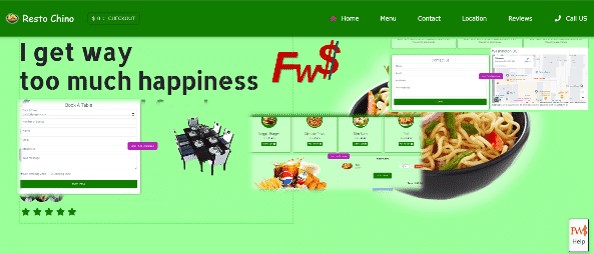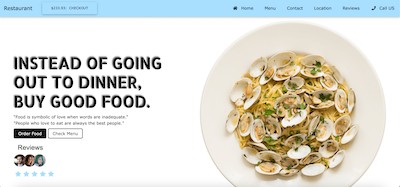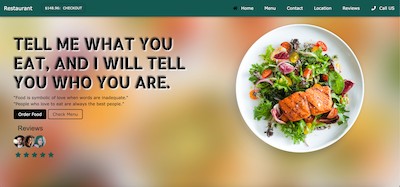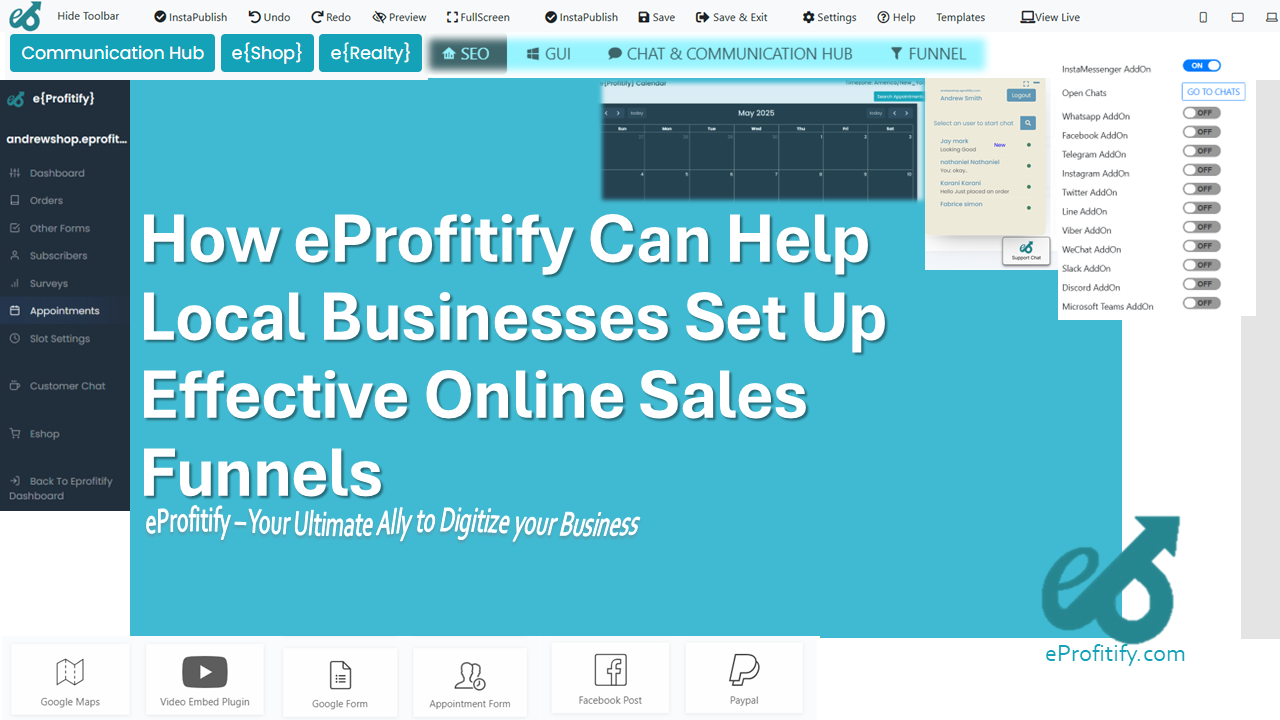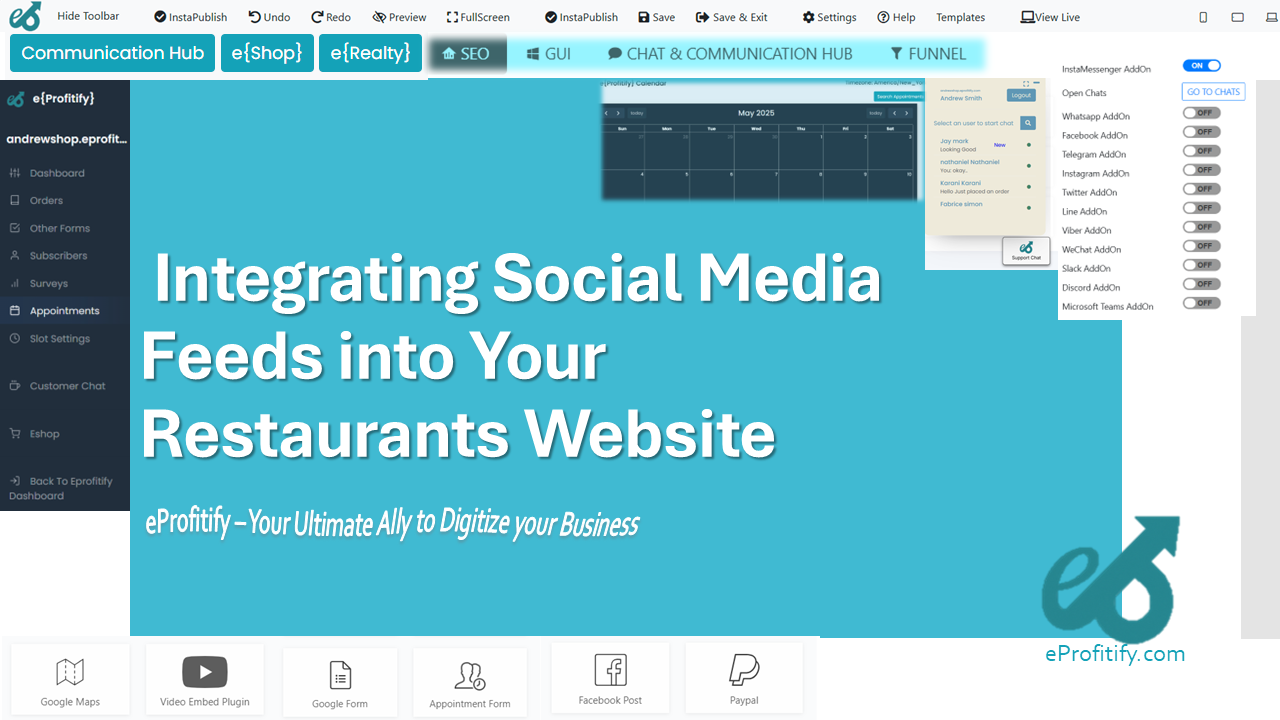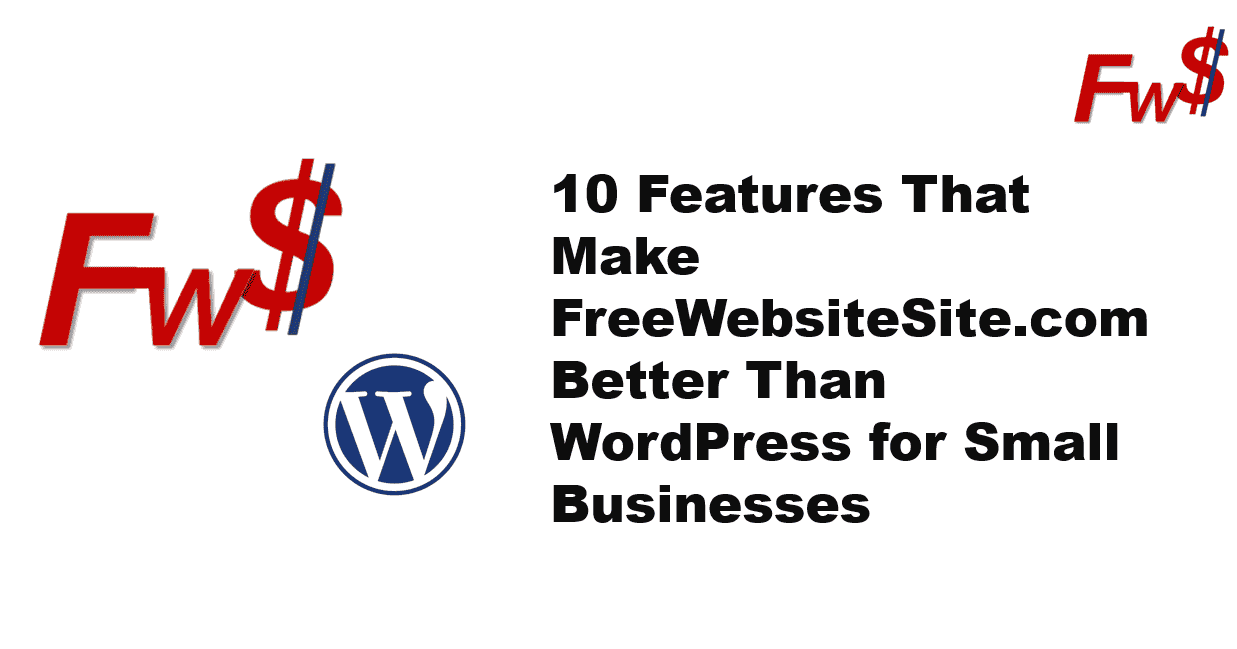Best Practices for Designing User-Friendly Property Listing Pages
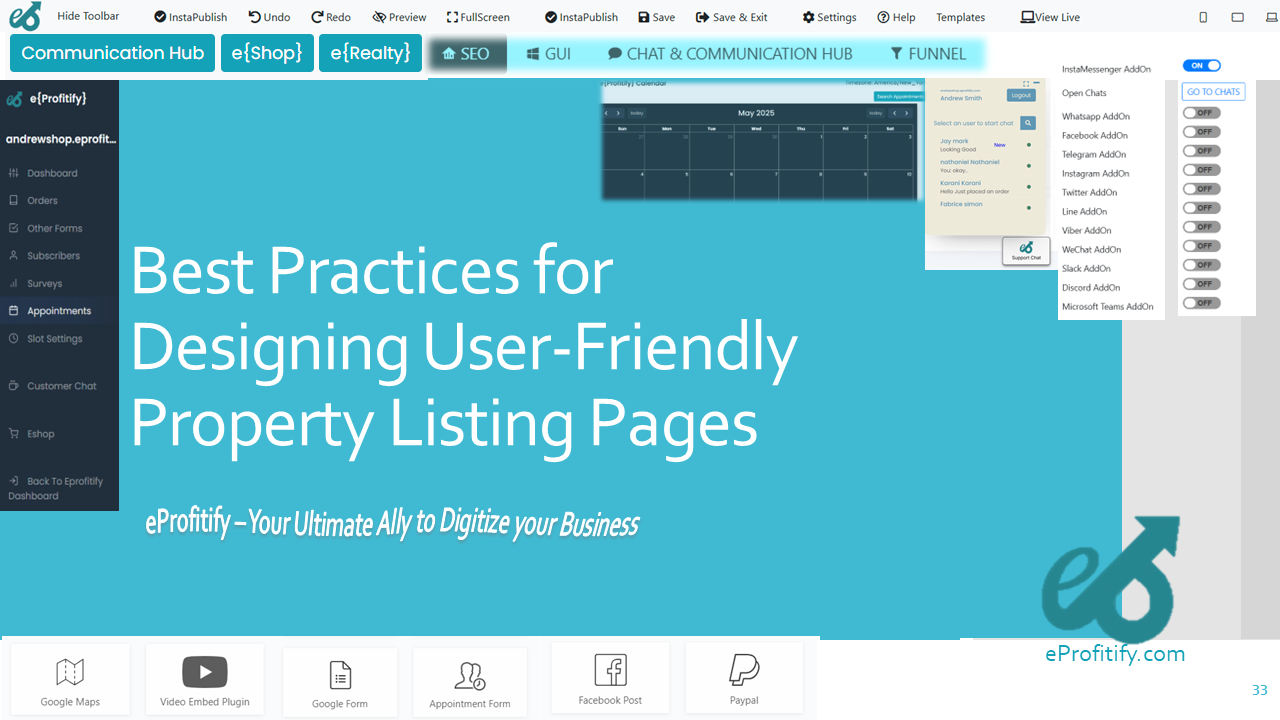
Best Practices for Designing User-Friendly Property Listing Pages
Introduction
In the digital age, a user-friendly property listing page is pivotal for real estate success. With 63% of homebuyers beginning their search online (National Association of Realtors), and 47% expecting pages to load in under two seconds (Google), optimizing these pages is non-negotiable. Integrating tools like eProfitify, a leading website management platform, can streamline design, enhance user experience, and drive conversions through features like CRM, instant messaging, and mobile responsiveness.
1. Clean and Intuitive Layout
A clutter-free layout ensures visitors focus on property highlights. Over 55% of users spend fewer than 15 seconds on a website (Adobe), emphasizing the need for intuitive navigation. eProfitify offers customizable templates that prioritize simplicity, enabling users to highlight key details like price, location, and square footage upfront.
2. High-Quality Visuals and Multimedia
Visuals are critical—89% of buyers prioritize photos when shortlisting properties (NAR). Including HD images, virtual tours (preferred by 72% of users), and 360° views boosts engagement. eProfitify supports high-resolution media hosting and integrates virtual tour platforms, ensuring seamless multimedia experiences.
3. Detailed and Accurate Information
Transparency builds trust. Listings should include pricing, dimensions, amenities, and neighborhood insights. Inaccuracies deter 68% of buyers (BrightLocal). eProfitify’s CRM ensures data accuracy by syncing with databases, reducing manual entry errors and enhancing credibility.
4. Advanced Search and Filtering
Personalized searches improve satisfaction. Features like price ranges, property types, and location filters cater to diverse needs. Platforms utilizing advanced filters see 40% higher engagement. eProfitify enables dynamic filters and AI-driven search recommendations, helping users find properties faster.
5. Interactive Maps and Location Insights
Proximity to schools, transit, and amenities influences 86% of buyers (Google). Embedding interactive maps with markers for nearby facilities enhances decision-making. eProfitify integrates Google Maps API, allowing real-time location analysis and route planning.
6. Mobile Responsiveness
With 60% of real estate searches on mobile (Statista), responsive design is essential. Sites with poor mobile interfaces lose 57% of potential clients. eProfitify’s mobile-optimized templates ensure listings adapt seamlessly across devices, improving accessibility.
7. Clear Calls to Action (CTAs)
Effective CTAs like “Schedule a Tour” or “Contact Agent” drive conversions. Sites with prominent CTAs see 30% higher inquiries. eProfitify’s instant messaging and appointment management tools facilitate immediate connections, allowing users to book viewings or chat in real-time.
8. Social Proof and Reviews
Testimonials increase trust—88% of buyers trust online reviews as much as personal referrals. Showcasing client success stories can boost inquiries by 25%. eProfitify’s CRM tracks and displays reviews, building credibility directly on listing pages.
9. Speed and Performance Optimization
Slow sites lose visitors—53% abandon pages taking over three seconds to load (Google). Optimizing images and code reduces load times. eProfitify’s hosting solutions ensure rapid load speeds, enhancing user retention and SEO rankings.
Conclusion
Designing user-friendly property pages hinges on balancing aesthetics, functionality, and speed. By adopting these best practices—prioritizing visuals, mobile responsiveness, and clear CTAs—real estate professionals can significantly enhance user experience. Leveraging eProfitify amplifies these efforts through integrated tools like CRM, instant messaging, and advanced search filters, positioning your platform as a leader in the competitive real estate market. Embrace these strategies to transform listings into conversion engines, backed by data-driven insights and cutting-edge technology.
